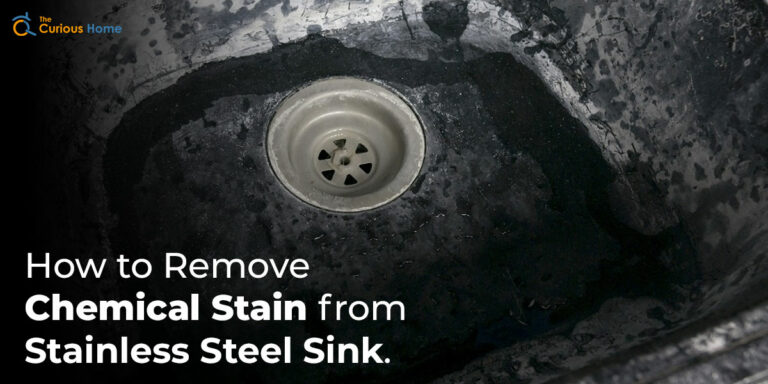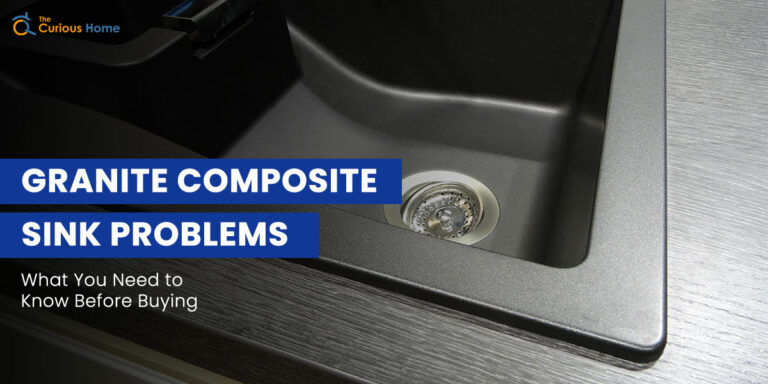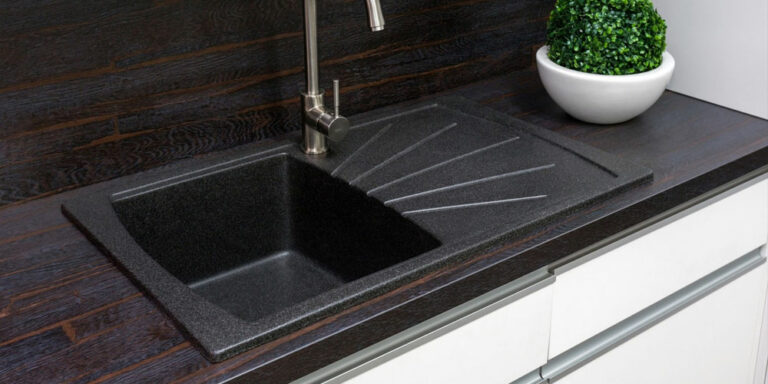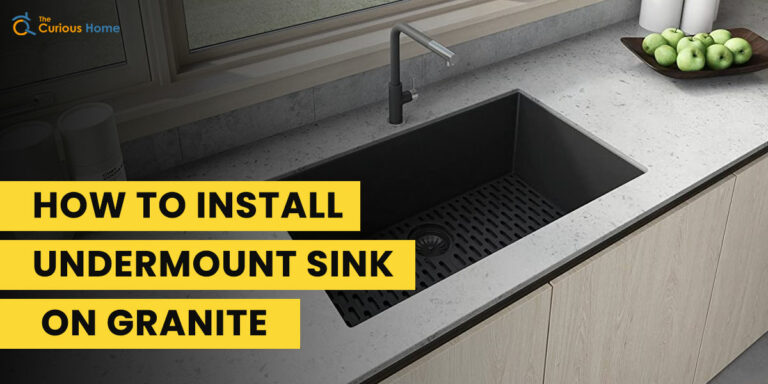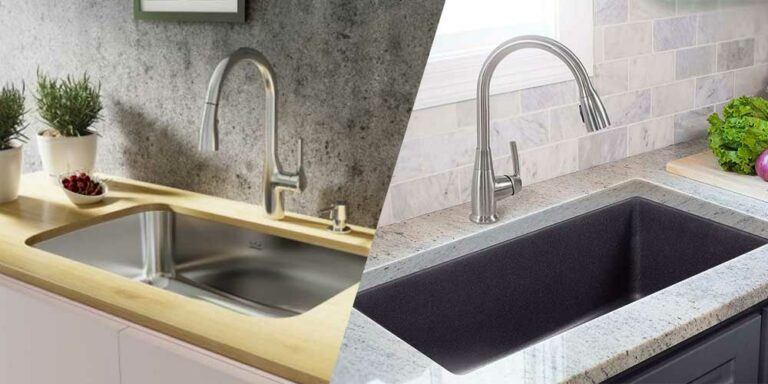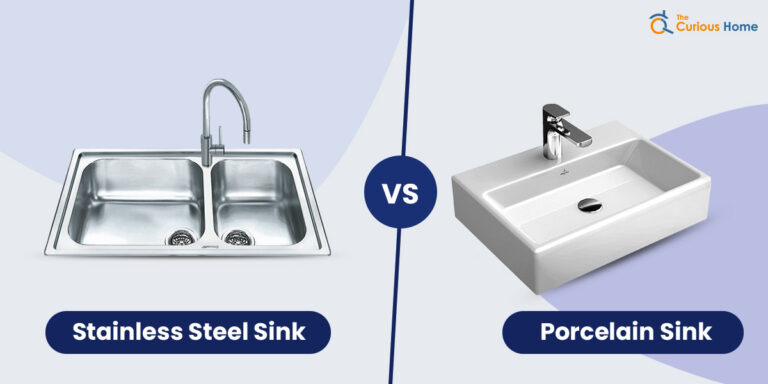How To Unclog A Double Kitchen Sink With Garbage Disposal?
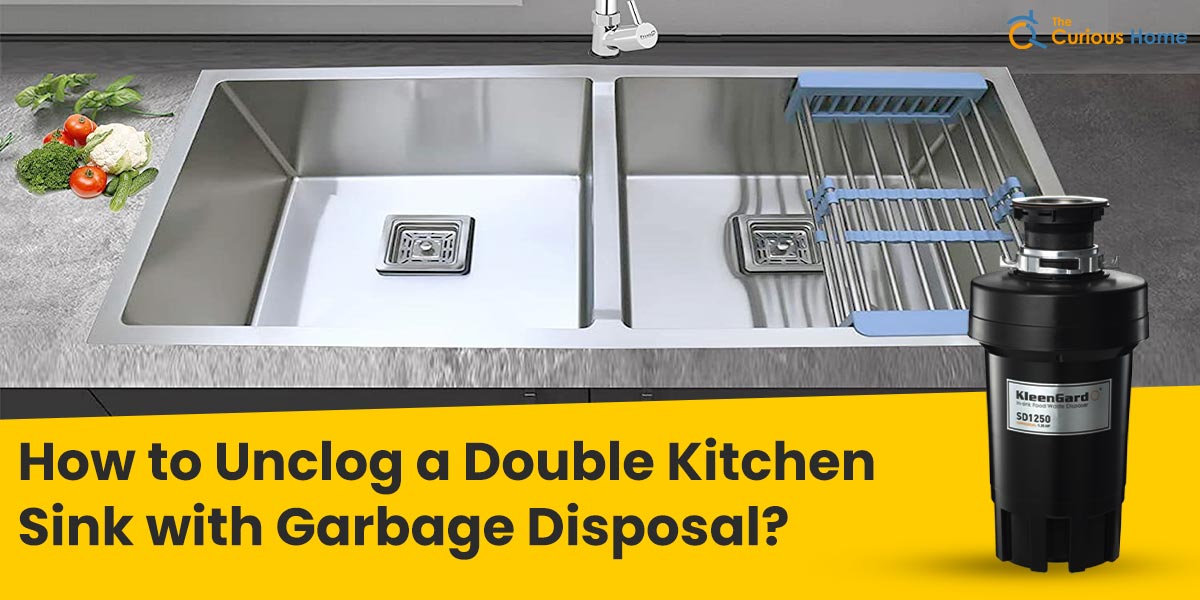
Cleanliness is godliness. For this very purpose, your kitchen sink goes through continuous and rigorous use every day. There is a remaining residue of cleansers and food after every wash. The kitchen sink gets clogged mainly due to food scrapes, oil, grease, dirt, soap water and a result kitchen sink won’t drain the clogged particles.
These leftovers travel to the drainpipe, which becomes a host of bacteria and viruses, resulting in kitchen skin clogging. A clogged double kitchen sink can be very troublesome. It can hinder your day-to-day cleaning activities. It prevents the disposal of use and dirty water. Sometimes the water may float above the sink with an unpleasant smell.
Not to worry! Here is an ultimate guide on how to unclog a double sink. These are very effective tips to combat clogged double skin without much time or hassle. Let us begin our cleaning spree.
5 Ways to Unclog a Double Kitchen Sink
Awaken your inner Monica Geller! Note these 5 super easy and useful ways to unclog a double kitchen sink.
1. Reset Garbage Disposal
A clogged kitchen sink ( stainless steel or iron sink ) can result due to various reasons. A technical failure of the garbage disposal system can be one of them. A garbage disposal grinds the waste material into small bits for easy drain flow, but items like coffee beans and eggshells can jam its functioning. Maybe it’s time to reset and restart your garbage disposal.
Firstly, locate the garbage disposal underneath the kitchen sink. Check if it’s overheated or at a standstill. You will see a reset button on it. Press the reset button two-three times to see if it restarts the draining smoothly. Switch off the garbage disposal and wait for some time. Restart it again. This should clear the clog. This is the first thing you should try for unclogging sinks.
2. Use A Plunger
If the reset switch method becomes unsuccessful, use a plunger. A plunger is a plumbing tool used to clear blockages by harnessing pressure. The plunger is a trial-and-error technique as it requires continuous attempts.
Firstly, remove excess water floating in the sink. Keep the minimum water level till the plunger cup. Now put the plunger cup over the clogged sink directly over the drain. Hold firmly and press to build pressure. Make sure the plunger cup is air-sealed.
Now move the plunger up and down at six equal intervals whilst maintaining a tight grip. Now loosen the cup. The pressure forces the clog to break by draining residue down the plumbing system. Still, if water doesn’t drain down, repeat this method from the start. Once successful, pour boiling hot water into the sink drain to remove accumulated grease or oil.
3. Baking Soda and Vinegar
Home science cleansing remedies are very underrated but highly effective. Baking soda and Vinegar are powerful anti-clog agents that are easily available in homes and markets. The mixture of these ingredients works like a charm and gives instant results. Let’s learn their use. Take about one-third cup of baking soda in a glass/bowl.
Take an equal quantity of Vinegar and pour it over the baking soda. This will create an effervescence reaction. Without wasting a single second, pour this mixture down the drain. Allow it to sit for 30 mins- 1 hour. If possible, do this before sleeping and leave this mixture overnight for better results.
Baking soda and Vinegar break down stubborn grease, dirt particles, and material build-up. After the long wait, run hot boiling water in the drain to wash off all remnants and clear the area. Your drain will start functioning again. You need to try this method as the results are spell bounding.
4. Salt And Baking Soda
You will be astonished at how these simple kitchen ingredients can create magic for a clogged double kitchen drain. Salt and baking soda are readily available in your kitchen drawer. Time to employ it elsewhere than cooking. In a bowl, take ½ cup of salt and 1 cup of baking soda. Mix it well. Remove any standing water from the sink.
Now, pour down the salt and baking soda mixture into the drain. Be patient and let it do its job for at least an hour. Salt is an amazing declogging spur. It stimulates water flow by melting down grease and oil dirt. After an hour, just flush the drain with boiling water. This clears the drain completely by draining out all small residue particles.
Your kitchen sink and drain will restore perfectly for use. This is the most budget-friendly and quick resolution for clogged double kitchen sinks.
5. Snake the Drain
If every method has failed, it’s time to use the ultimate unfailing weapon- “The Plumber’s Snake.” A plumbing snake is a tool that can be used to break the clogs deep within the pipes and drain manually. It gives access to areas that are unreachable by other tools. It is mainly used when the plunger fails to unclog the sink.
Follow these steps for snaking the drain. Firstly, remove the drain cover/trap. Insert the snake wire into the drain towards the blockage. Now, dismantle and break the clogging culprits.
After you are done, retract the snake wire from the drain carefully (the clog should not fall back inside). Secure the drain trap. Finally, gush out the piping system with hot boiling water to remove any tiny leftover clogs. Voila! The sink and drain are in sync again.
How To Prevent Your Sink from Clogging?
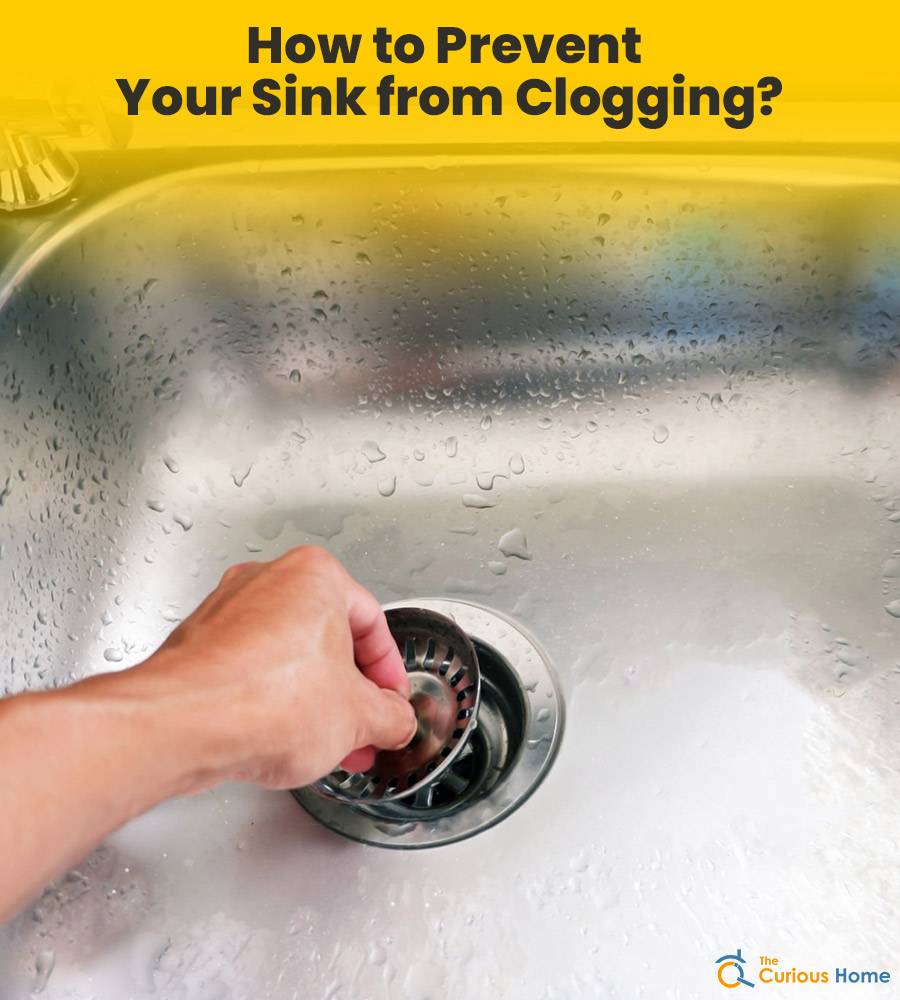
Prevention is always better than cure. A clogged drain comes uninvited. But there are some measures you can take to avoid grease and dirt build-up in the drain.
- Clear your dishes and utensils before dumping them in the sink. Throw any solid food leftovers which might block the drain.
- Avoid spilling oils, butter, and other fat contents in the sink. It leads to grime, grease, and oil clog.
- Maintain cleanliness in the drain using suitable cleaning liquids.
- Use fewer abrasive soaps and detergents. Try using a soap-free cleanser. Try to limit draining soap and water down the sink.
- Never dispose of coffee grounds in the drain. Throw them in the outdoor dustbin.
- Install a good quality, metal mesh design drain trap to filter any waste.
- Irrigate the drain with baking soda and vinegar mixture regularly to keep it odorless.
- Pour hot boiling water every consecutive week into the drain to clear oily clogs.
Tips For Preventing Recurrent Blockage
Clogging can revisit you from time to time. These repetitive arrivals can halt your cleaning routine. If you find your double kitchen sink clogged frequently, understand that there are some habits causing it again. Take note of these useful tips to prevent recurrent blockage:
- Prevent entry of food material. Throw the meal residue in the dustbin before keeping it in the sink.
- Soak up the excess oil from plates before cleaning them in the sink. Oils go down the grain and turn into a greasy blockage, which is difficult to remove. Paper rolls are very useful in absorbing oil.
- Flush out your drain with salt and hot water solution weekly to clear out build-ups on a regular basis. This will reduce the formation of solid clogs.
Conclusion
A clogged double kitchen sink is the last thing you wish for in your kitchen. The sink is the center of cleanliness around which the entire hygiene of the kitchen revolves. Kitchen sink clogs are very common. They arise when leftover food, coffee grounds, oil and fats, and soap form blockage in the drain, restricting the smooth flow of water.
There are various home solutions to clogged sinks, including garbage disposal, plunger, plumber’s snake, salt, baking soda, and Vinegar. More than repair, it is important to avoid these clogs as it decreases the efficiency of the pipe and drainage system. Make sure you don’t let any solid food particles, Oils, or direct detergent fall into the drain. Be careful while washing utensils. These simple tips go a long way. Happy Cleaning!

